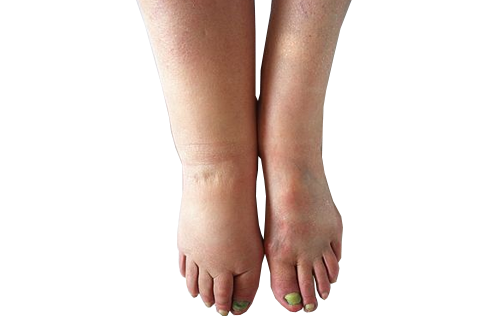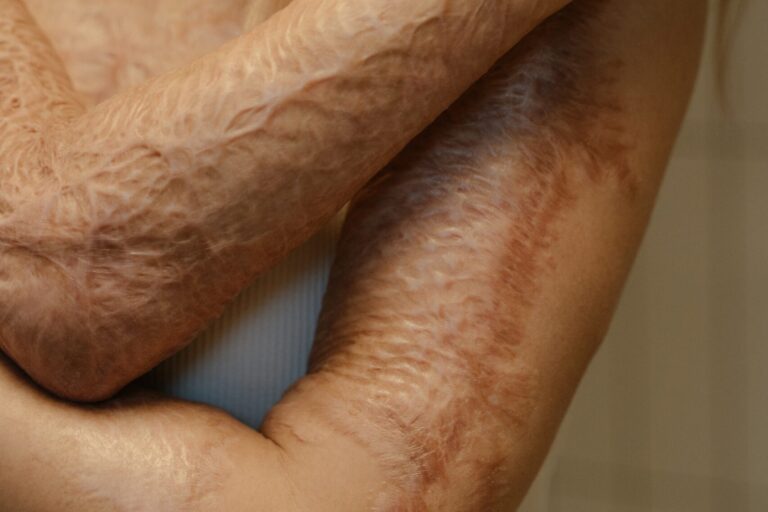Surgical procedures for diabetic foot can be divided into four stages:
Stage 1 – Debridement/Fasciotomy:
What is Debridement surgery?
Debridement is the thorough cleaning of the wound and removing unhealthy infected and dead tissues from the wound.
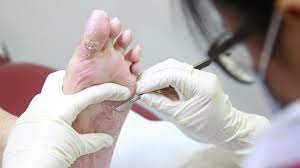
What is Fasciotomy surgery?
If the patient presents with rapidly increasing swelling, redness, or pain in the leg and foot, and even after antibiotic treatment it does not subside, it can lead to compartment syndrome (increased pressure in the muscle compartment). This is an emergency condition and urgent Fasciotomy is required to relieve the pressure otherwise it can lead to gangrene of the limb and severe sepsis in the whole body.

How is fasciotomy done in diabetic foot?
In this, we give long incisions over the leg and foot such that pus, excess fluids, and toxins are drained without disturbing the blood supply of the limb.
In cases of large and dirty wounds, debridement is done along with fasciotomy.
Is one debridement surgery enough for diabetic foot?
The patient may require more than one debridement surgery to remove the unhealthy portion of the wound if the wound is very large and dirty. After this, regular dressings are done daily.
What is the next step after debridement/fasciotomy?
After initial fasciotomy and debridement, Negative Pressure Wound Therapy (VAC) before the definite procedure is done to reduce the toxins and infection in the body.
Stage 2 – Skin Grafting:
What is the next stage after debridement surgery in the diabetic foot?
After the wound area has settled, a definite Procedure to close the wound is done last which may be skin grafting, local or free flaps as per the requirement of the wound.
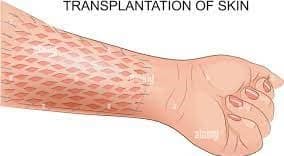
What is skin grafting? When is it done for diabetic foot?
Skin grafting is the transfer of a thin sheet of skin, usually taken from the thigh, to cover the raw areas of the leg and foot region. Once the wound is healthy, skin grafting may be done if the defect is not much deep and vital structures are embedded in granulation tissue.

Post-operative recovery in skin grafting-
- Dressing is done every alternate day after surgery.
- Patients may be discharged from the hospital after 2-3 days, and
- Regular follow-up is required.
- The area gradually heals and needs a compression garment later to avoid hypertrophy of scars and to reduce swelling.
Stage 3 – Flap Surgery:
When is FLAP surgery done on Diabetic foot?
If the wound is deep and any vital structure is visible & exposed, like a blood vessel, nerve, bone, or tendons, then flap surgery is advised in the diabetic foot, and skin grafting is not done.


What is a local flap?
The local flap is the transfer of the flap of skin from the surrounding areas to the defect site. It is done when the defect is deep, and the surrounding area is normal and sufficient enough to cover the defect.
What is a free flap? (Microvascular reconstruction)-
If not, or the local flap fails, then a flap taken from other parts of the body is used to cover the wound through microvascular reconstruction.
It needs surgical expertise and a good working team. Dr Amit Agarwal specializes in diabetic foot microsurgical reconstruction and has saved innumerable feet and legs from amputation.
Post-operative recovery in Free Flap-
- The flap should be monitored frequently post-surgery.
- Hospital stay is increased, with respect to skin grafting or local flap procedures, but it is the best modality to cover the defects in diabetic foot patients.
- The dressing is done every alternate day and the patient is admitted for at least 7-8 days and discharged once the flap is settled.
What are the results of microvascular surgery in Diabetic foot?
The results of microsurgical reconstruction in the diabetic foot can be quite unpredictable as it is dependent on multiple factors like the status of blood vessels, the level of immunity of the patient, and his/ her health status and protein level to withstand the procedure.
What is the routine care required after surgery for diabetic foot?
- After the surgery, the patient is bedridden for 2-3 weeks.
- No ambulation is advised, and the limb has to be elevated by using pillows underneath.
- After several dressings, when the operated site is completely stable, the patient is given a pressure garment and ambulation is started.
- Shoe modification is required to prevent future injury and offloading from the pressure points.















